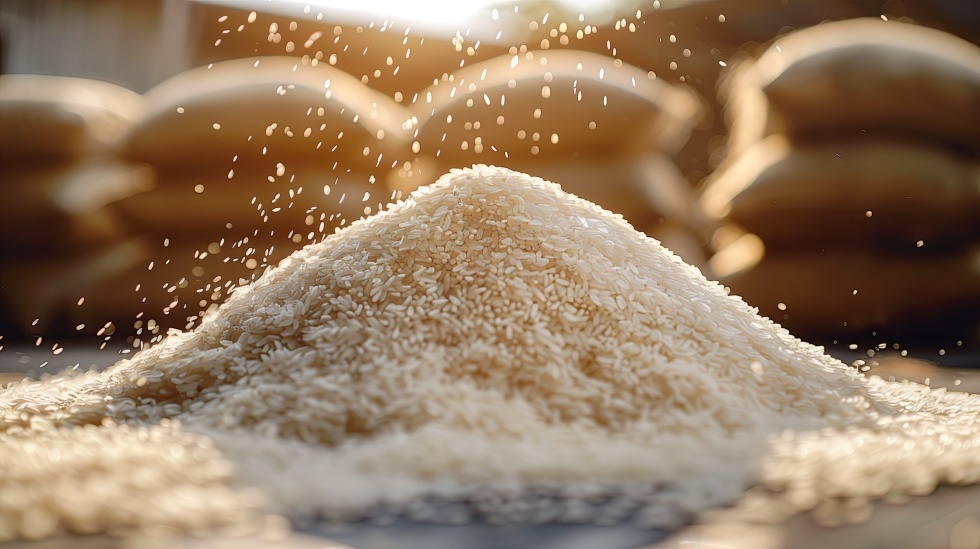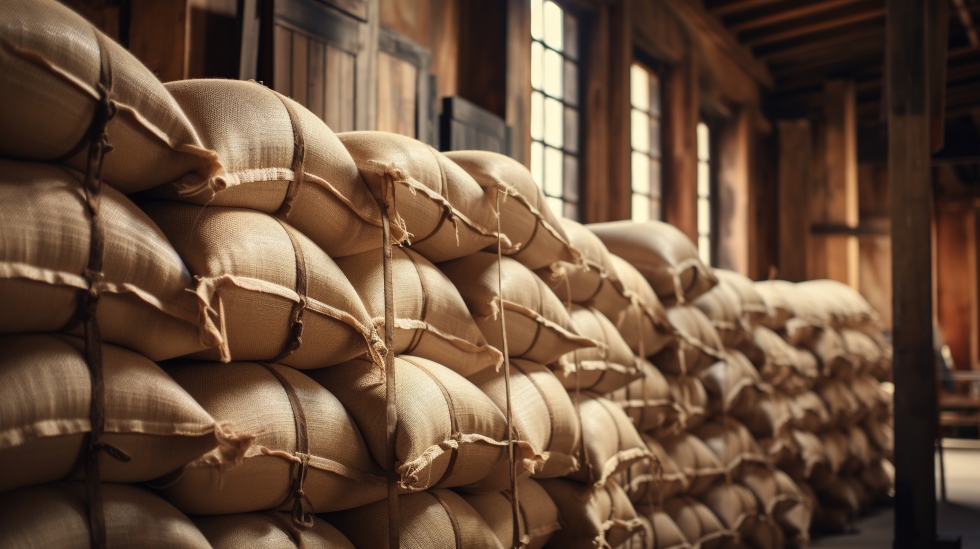The Global Dominance of Basmati Rice Export
Discover the significance of Basmati rice export in global trade, highlighting India's role as the top exporter and the key players shaping the market.

Basmati rice, celebrated for its distinctive aroma and exquisite flavor, is a staple in kitchens and global markets. This long-grain rice has carved a niche in the agricultural export sector, where countries vie to meet the robust international demand. This piece delves into the intricacies of the basmati rice export industry, spotlighting the significant players and dynamics shaping its global trade.
Basmati rice is prized worldwide for its culinary qualities and as a cornerstone of trade among the world's largest rice producers. In 2022, the international basmati rice market saw India export a staggering $10,766,623,000 worth of rice, reinforcing its status as a giant in global rice exports.
India's Supremacy in Basmati Rice Export
India’s prominence in the rice export sector is unmatched. It consistently leads as the world's top rice exporter. The biggest rice export from India in 2022 underscores its pivotal role in the global rice export business, where high-quality standards and vast agricultural landscapes have driven its market dominance.
Major Contributors to India's Export Success
- Diverse Varieties: India is home to numerous basmati varieties, each renowned for its distinct flavor and texture.
- Advanced Agricultural Practices: Ongoing enhancements in cultivation and processing ensure superior quality.
- Government Support: Export-friendly policies bolster India’s position on the global stage.
Vietnam and Pakistan: Emerging Powers in Rice Export
As the global demand for rice grows, Vietnam and Pakistan have emerged as significant players in the rice export arena. Both countries have capitalized on their geographic and climatic advantages to increase their shares in the international rice market, demonstrating impressive growth and strategic agility.
Vietnamese Rice Export
Traditionally known for its robust agricultural sector, Vietnam has rapidly ascended to become one of the largest rice exporters in the world. In 2023, Vietnam exported 8.13 million tons of rice, valued at $4.7 billion, marking significant increases of 14.4% in volume and 35.3% in value compared to the previous year. This surge can be attributed mainly to the export restrictions imposed by India on non-basmati white rice, which led many countries to turn to Vietnam as a reliable alternative source.
Key Factors Contributing to Vietnam's Success:
- Government Initiatives: The Vietnamese government has implemented policies encouraging rice export, including subsidies for rice farmers and investments in rice processing technologies.
- High-Quality Production: Vietnam has focused on improving the quality of its rice, especially its Jasmine and fragrant rice varieties, which are highly sought after in the global market.
- Diversification of Markets: Vietnam has expanded its reach to new markets, notably among ASEAN countries, Africa, and the Middle East, enhancing its export portfolio.
Pakistani Rice Export
Pakistan's rice export industry has also shown remarkable growth, with exports reaching historical highs. From July to January in the fiscal year under review, Pakistan exported 2.924 million metric tons of non-basmati rice, a significant increase from the previous period. The country is well-known for its Basmati rice, which commands a premium price in international markets due to its unique aroma and flavor.
Strategies Enhancing Pakistan's Market Presence:
- Quality and Certification: Pakistan has invested heavily in certifying its rice as per international standards, which has helped build trust with global buyers.
- Expansion into New Markets: Pakistan has successfully entered new markets in Indonesia, Malaysia, and some African countries, securing large orders due to its competitive pricing and improved quality.
- Technological Advancements: Modernizing the rice cultivation and processing infrastructure has allowed Pakistan to enhance its production efficiency and quality, meeting the stringent requirements of international markets.

Analysing the Top 10 Rice Exporters in the World
A few key players dominate the global rice export landscape, each bringing unique strengths and strategies. Based on the latest available data from 2022, here's a detailed look at the top 10 rice exporters in the world.
1. India: The Global Leader
Export Volume: $10.8 billion
India's dominance in the rice export market is unrivaled, particularly in the basmati rice segment. With diverse climatic conditions favorable for different rice varieties, India leverages its geographical advantage to produce high-quality rice cherished worldwide.
2. Thailand: The Aromatic Favorite
Export Volume: $3.96 billion
Thailand is renowned for its Jasmine rice, which is highly valued for its unique fragrance and texture. The country has established a reputation for quality and reliability in rice exports, serving major markets in the United States, Africa, and Asia.
3. Vietnam: The Robust Competitor
Export Volume: $2.52 billion
Vietnam has seen a surge in rice exports, particularly to China, the Philippines, and Malaysia. The country has focused on enhancing quality and expanding its export portfolio to include more high-quality rice varieties.
4. Pakistan: The Basmati Specialist
Export Volume: $2.35 billion
Pakistan's basmati rice is world-famous for its aromatic qualities. The country has capitalized on its geographic and climatic conditions to cultivate rice that competes directly with Indian basmati in international markets.
5. United States: The Diverse Producer
Export Volume: $1.7 billion
The U.S. is a significant player in the global rice market, exporting mainly long-grain rice. With state-of-the-art milling and processing facilities, the U.S. ensures high cleanliness and quality standards in its rice exports.
6. China: The Giant Consumer and Exporter
Export Volume: $1.03 billion
While China is one of the world's largest rice producers and consumers, it also exports substantial rice. The country's exports include specialty rices like black and red rice, catering to niche markets globally.
7. Italy: The European Leader
Export Volume: $804 million
Italy is the top European rice producer, renowned for its high-quality risotto rice varieties, such as Arborio and Carnaroli, which are highly sought after in European and North American markets.
8. Myanmar: The Traditional Exporter
Export Volume: $787 million
Myanmar, traditionally a significant rice exporter, has focused on increasing its rice exports' quality and quantity despite various socio-economic challenges.
9. Brazil: The South American Powerhouse
Export Volume: $657 million
Brazil's rice production is primarily for domestic consumption, but it exports significantly, particularly to its South American neighbors and Africa.
10. Belgium: The Surprising Contender
Export Volume: $516 million
Belgium serves as a significant logistics and re-export hub for rice in Europe. It imports rice in bulk and then processes and packages it for export to various European and African countries.
The Strategic Importance of Basmati Rice Export
As the demand for high-quality rice continues to grow, the strategic importance of Basmati rice export cannot be overstated. Indian Basmati rice exporters and their counterparts in other leading rice-producing nations are essential to meeting this global demand. Their ability to navigate the complexities of international trade laws, market demand, and sustainable agricultural practices will determine the future landscape of the global rice market.
Understanding the dynamics of Basmati rice export offers valuable insights into global agriculture's economic and cultural aspects for those interested in the intricacies of international trade and the global rice market.






Comments 0